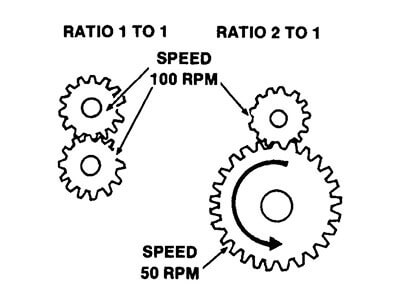This week, our eager Early Engineers cooled off with these super solar fans, and learned about the real world science of gear ratios!
The blades on these fantastic fans spin by transferring power from a motor through a series of interlocking gears. Our bold builders learned that the little fins rimming the edges of the gears are known as "teeth," and that the size of these interlocking gear teeth is of great importance.
Gear ratio is a ratio of the gear teeth of an output gear to the gear teeth of an input gear (also called a pinion). The gear ratio determines the function of a gear train. If the gear ratio is above 1 (more output teeth than input teeth), then the gear train will turn the last gear slower than the input gear. Car transmissions are like this, changing thousands of engine rpm’s into slower wheel speeds. If the gear ratio is below 1, the opposite occurs. Ironically, this low gear ratio is called high gear on a bike. This is because on bikes, a high shift number places the chain on smaller output (rear tire) gears. This is why in high gear it’s harder to pedal, but the bike picks up speed.
After putting all gears into place, our Early Engineers tested their creations in the bright sun. The panels on our solar powered motors turned sunlight into electricity, powering our gear trains and spinning the blades of our fabulous fans!
We hope your engineer enjoyed this exciting window into the world of solar and mechanical power: join us again next week for still more building fun and adventure!






